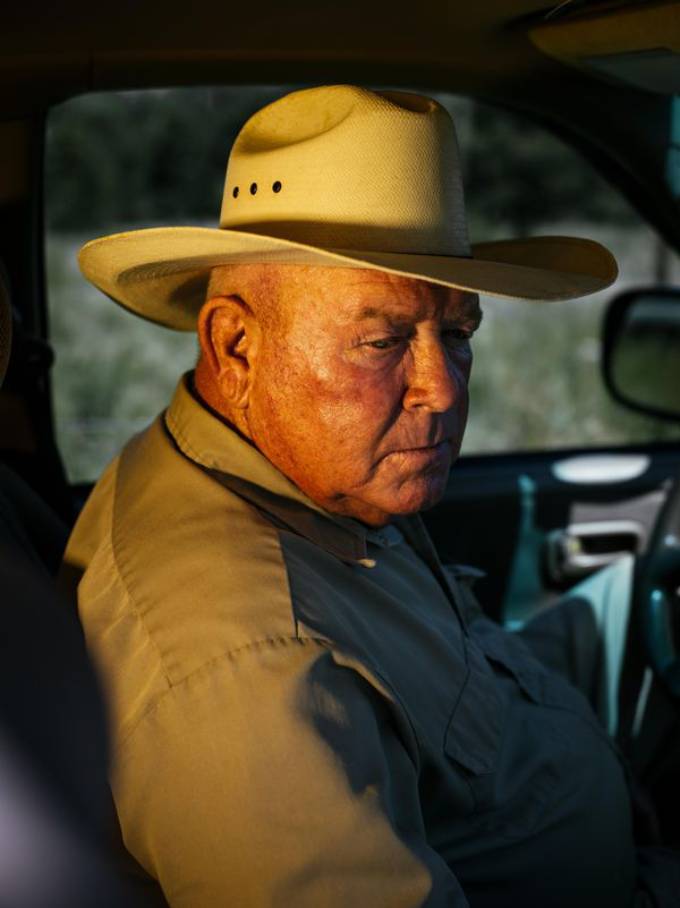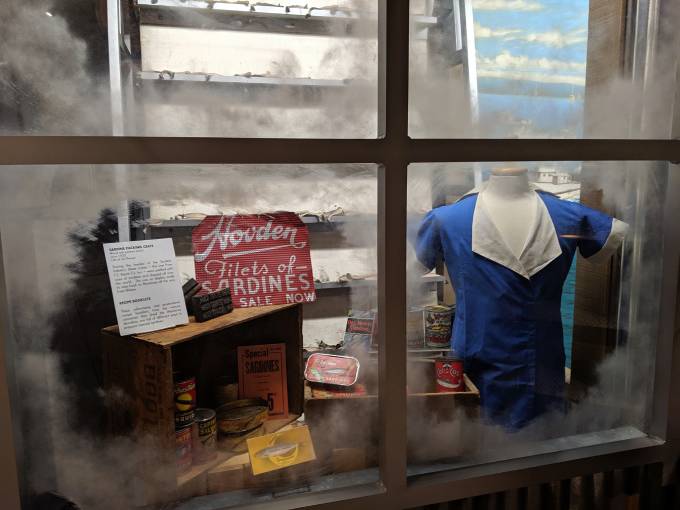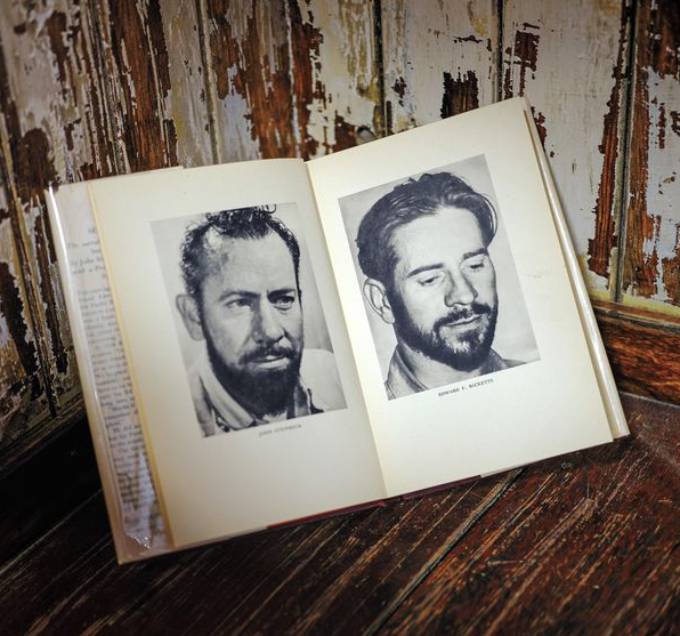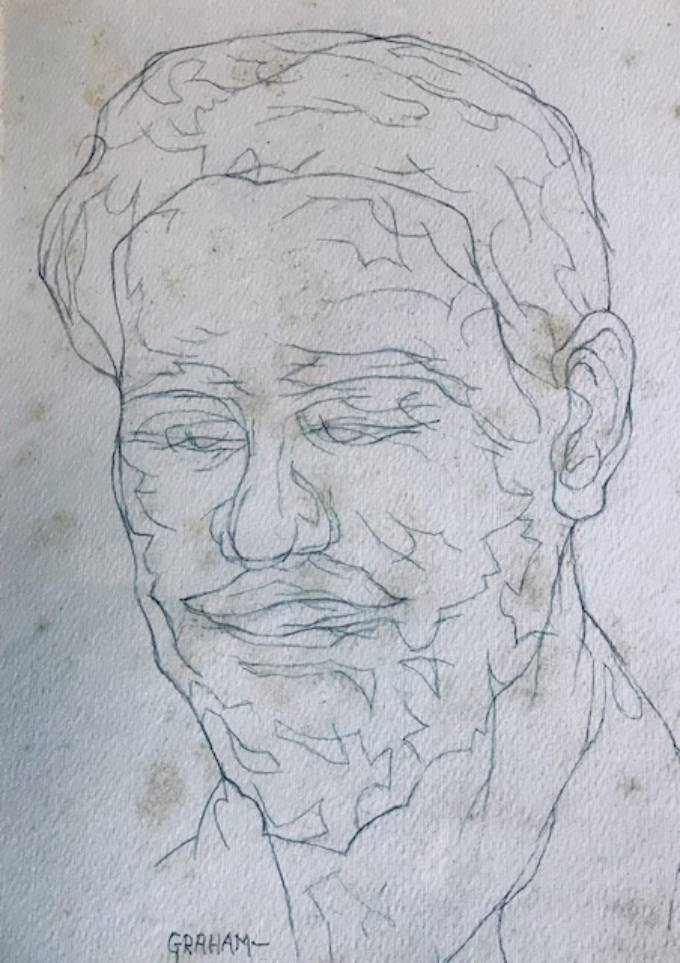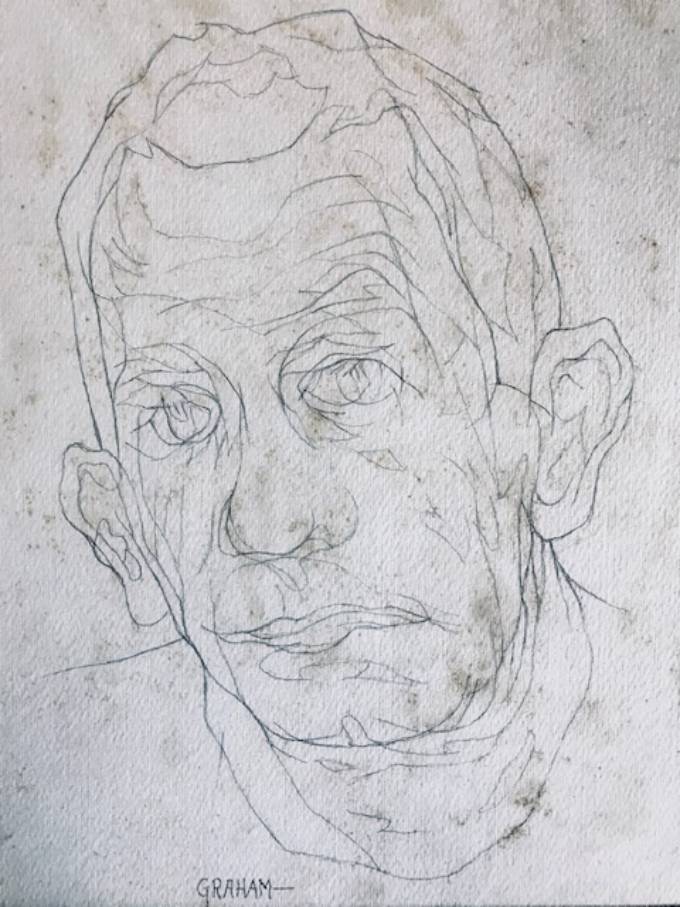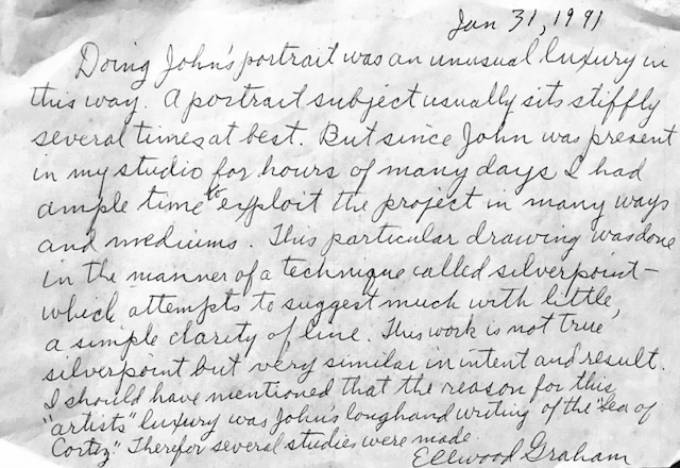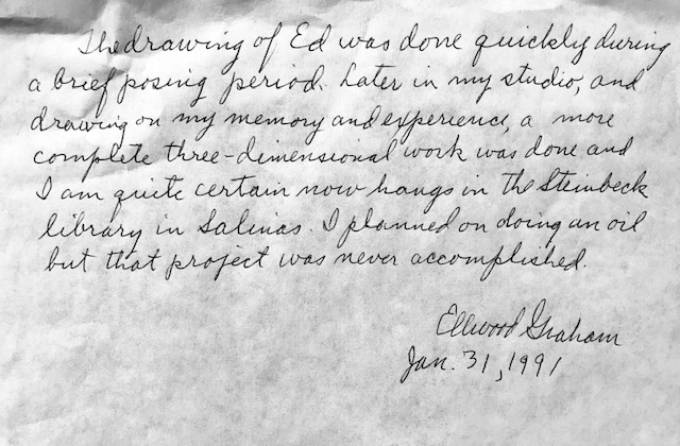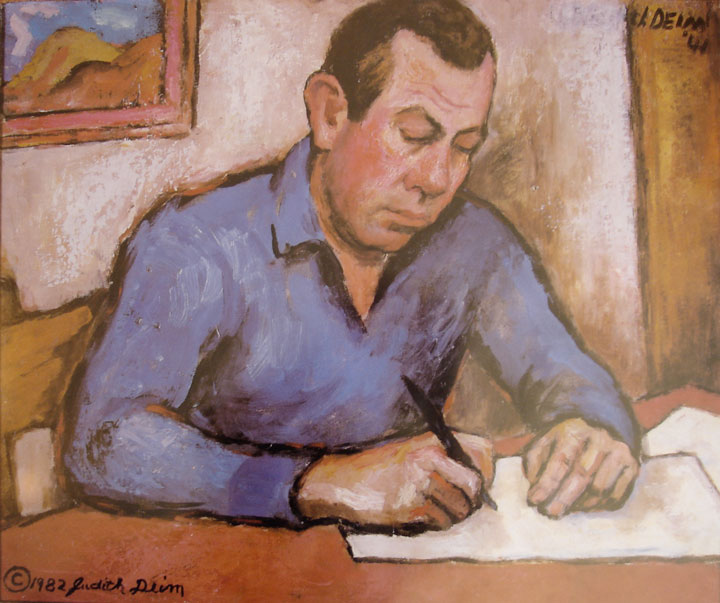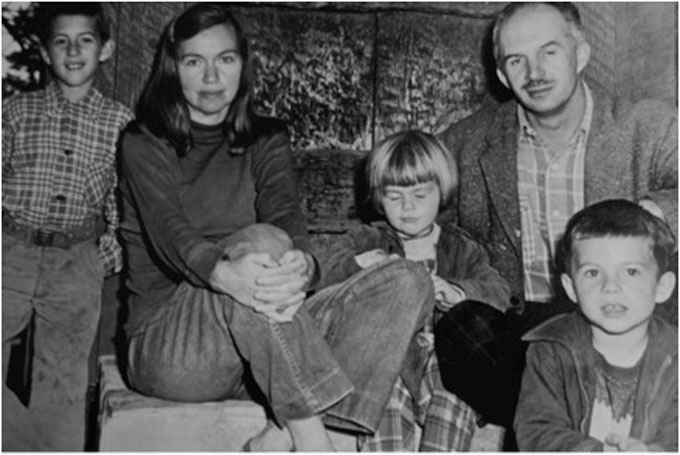Richard Grant, the British travel writer who plumbed Steinbeck’s Sea of Cortez in the September 2019 issue of Smithsonian Magazine, now sheds light on The Grapes of Wrath—without mentioning Steinbeck’s name—in the October issue of the same magazine. “Rebellion in Seminole County” recounts the populist revolt that swept through parts of the rural South in the environment and aftermath of America’s entry into World War I. In 1915 there were more registered members of the Socialist Party in Oklahoma than New York, and in 1917 a group of Seminole County, Oklahoma tenant farmers who looked and sounded like Tom Joad joined something called the Green Corn Rebellion, an armed insurrection aimed at local draft boards, big-city bankers, and the interventionist Wilson administration in Washington. Among the organizers who eventually served jail time were two of the uncles of Ted Eberle, a former Seminole County commissioner who was interviewed by Grant for the article. “They thought they could overthrow the government and avoid the draft,” said Eberle, though confiscatory interest rates, plummeting land ownership, and corporate-capitalist war profiteering were also factors in the movement. Steinbeck was a curious teenager who read voraciously and thought deeply when blood was spilled in the name of social justice in Oklahoma 100 years ago. Contemporary readers may be forgiven for making a notional connection between the Oklahoma back story of The Grapes of Wrath and the nugget of Oklahoma history brought to light by Richard Grant in the October issue of Smithsonian Magazine, where a brilliant freelancer has enlightened students of Steinbeck for the second time in two months—this time without even mentioning Steinbeck’s name.
Photograph of Ted Eberle by Trevor Paulhus courtesy of Smithsonian Magazine.
